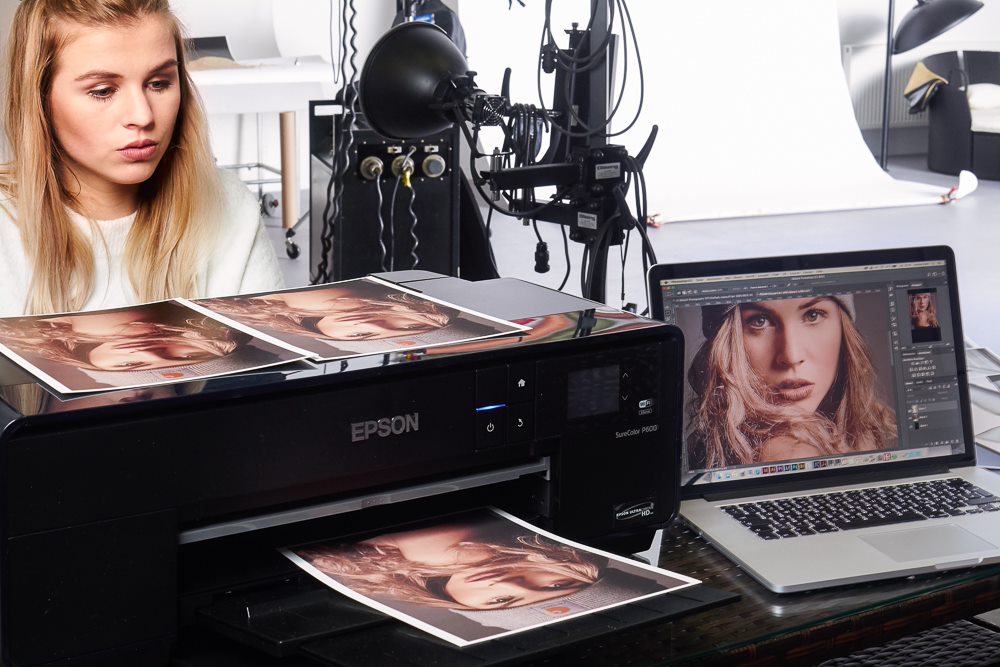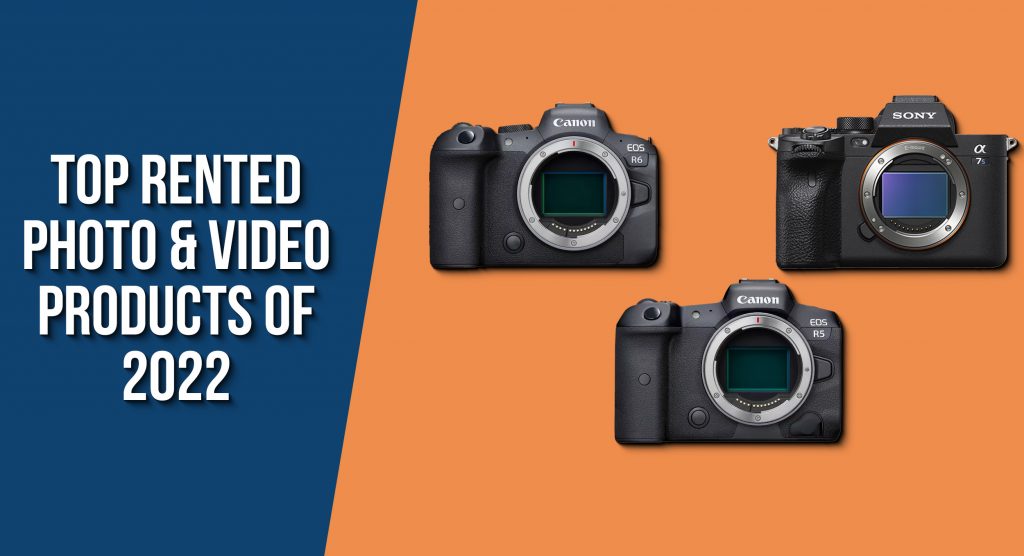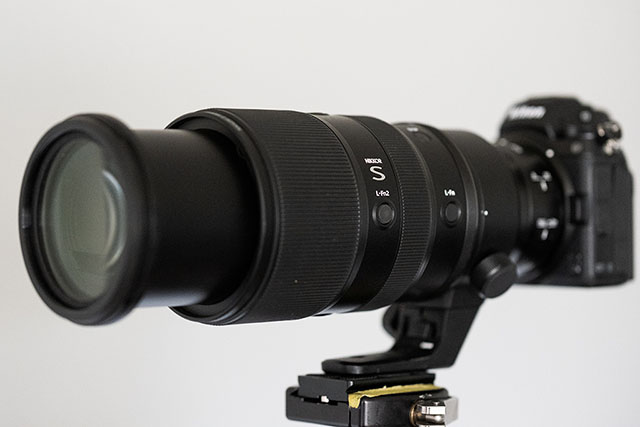You are probably familiar with color management if you’ve spent any time on photography or videography. We have all taken photos, ordered prints and noticed that they have a flaw, like a green cast. “That’s not what it looked like when I shot the photo!” is the most common reaction. Nobody wants unattractive skin tones; not in their personal photos, and certainly not in their professional work.
Color Management is technology designed to minimize color and brightness inaccuracies. To a certain extent, color management attempts to simulate the brain and corrects the raw data coming from the sensor in order to match the feeling of human perception more closely. It can do even more than just that. While a human being represents a closed system “more or less”, where everything is finely tuned, this is not the case with modern technology. We combine input devices (cameras, smartphones, etc.) and output devices (monitors, printers, etc.), without considering that each device has a different range of capabilities to capture or display colors. Different papers also have their own reflective properties in prints.










